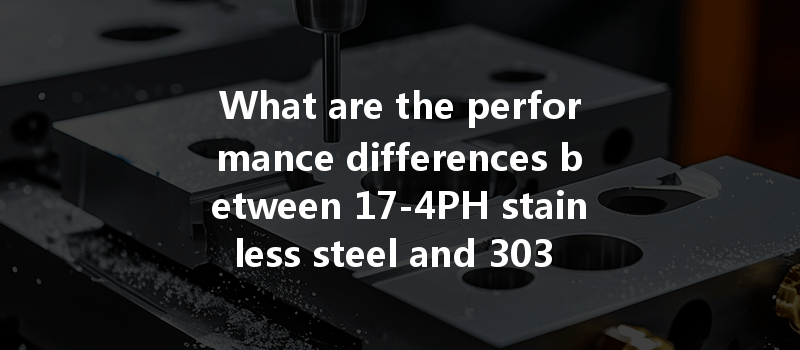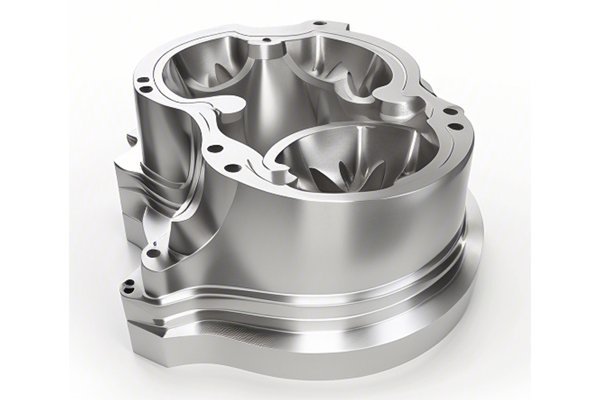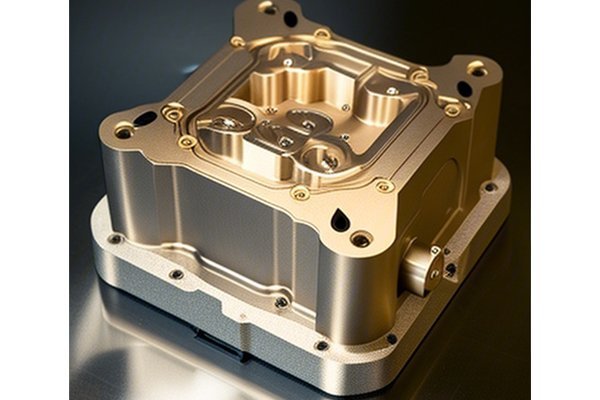Did you know that stainless steel is the most widely used metal in machine construction, accounting for over 70% of all commercial applications? Among the various grades available, 17-4PH and 303 stainless steels have gained significant traction in industries ranging from aerospace to medical device manufacturing. This blog will delve deep into the distinct properties of 17-4PH and 303 stainless steels, especially in the context of CNC machining. By the end, you’ll understand the advantages and limitations of each grade and how to make informed decisions when selecting materials for your projects.
to Stainless Steel Grades
Stainless steel is an alloy primarily composed of iron, chromium, and nickel, designed to resist corrosion and oxidation. However, not all stainless steels are created equal; they are categorized into different grades based on their chemical composition, mechanical properties, and intended applications.
What are 17-4PH and 303 Stainless Steels?
17-4PH Stainless Steel:
This is a precipitation-hardening stainless steel that combines high strength and hardness with good corrosion resistance. Designated as UNS S17400, it contains about 17% chromium and 4% nickel, with small amounts of copper that enhance its hardness when heat-treated. Its key features include:
303 Stainless Steel:
In contrast, 303 stainless steel is designated UNS S30300 and is often referred to as a non-magnetic stainless steel with excellent machinability. It contains approximately 18% chromium and 8% nickel, with the addition of sulfur or selenium to enhance cutting performance. Features of 303 stainless steel include:
Key Performance Metrics
Mechanical properties such as tensile strength, yield strength, hardness, and elongation play a vital role in determining which stainless steel is better for specific applications.
Corrosion resistance is a critical consideration for stainless steels, determined largely by their chromium content.

While corrosion resistance is generally good, it is not as resistant as higher alloyed stainless steels. It performs well in environments that are either alkaline or mildly acidic, making it suitable for applications like marine equipment and chemical processing.
This grade provides decent corrosion resistance, though it is more susceptible to pitting and crevice corrosion than 17-4PH. It works well in applications such as fasteners, nuts, and bolts in mild environments.
Machining performance is crucial when it comes to CNC machining. The choice of material directly impacts production speed, tool life, and overall cost.
Machining can be challenging due to its high strength and hardness. CNC machining typically requires specialized tools and conditions that accommodate material properties. Coolants and lubricants play an essential role in alleviating heat issues during machining.
Known for its excellent machinability, 303 can be easily shaped and cut using standard tooling in CNC machines. It produces fine finishes, reducing the need for extensive post-processing.
Applications and Use Cases
Due to its exceptional strength and corrosion resistance, 17-4PH is deployed in:
303 stainless steel finds its niche in applications that prioritize machinability over high strength, including:
Challenges in CNC Machining
When working with 17-4PH, the choice of tools and cutting parameters should reflect its high hardness to prevent tool wear. Carbide tools are often used to achieve the desired precision. Conversely, with 303, HSS (High-Speed Steel) tools can work effectively, supported by adequate cooling fluids.
Machining costs differ significantly between the two grades. 17-4PH’s intricate machining requires longer work hours and higher-quality materials, raising overall production costs. In contrast, 303’s superior machinability allows for faster processing and lower operational costs.
Maintaining dimensional tolerance becomes a challenge in CNC machining, especially in high-stress environments. 17-4PH may require advanced strategies like heat treatment post-machining to ensure tolerance, while 303 generally provides more consistent results due to lower deformation tendencies during processing.
Choosing between 17-4PH and 303 stainless steels hinges on understanding their distinct strengths and weaknesses in CNC machining contexts. 17-4PH excels in high-stress and high-temperature applications due to its high strength and corrosion resistance capabilities. On the other hand, 303 stands out in applications requiring exceptional machinability and ease of processing.
By taking into account mechanical properties, corrosion resistance, fabrication difficulties, and cost implications, you can make informed decisions tailored to your specific requirements. Understanding these nuances can significantly influence project outcomes, comprehension of manufacturing processes, and optimization of resource utilization.
As you consider your next CNC machining project, keep in mind that the right choice of stainless steel can enhance performance, improve cost-effectiveness and contribute to the longevity of your products. Therefore, it is essential to think critically and analyze the specific demands of your application before making a selection.
—






